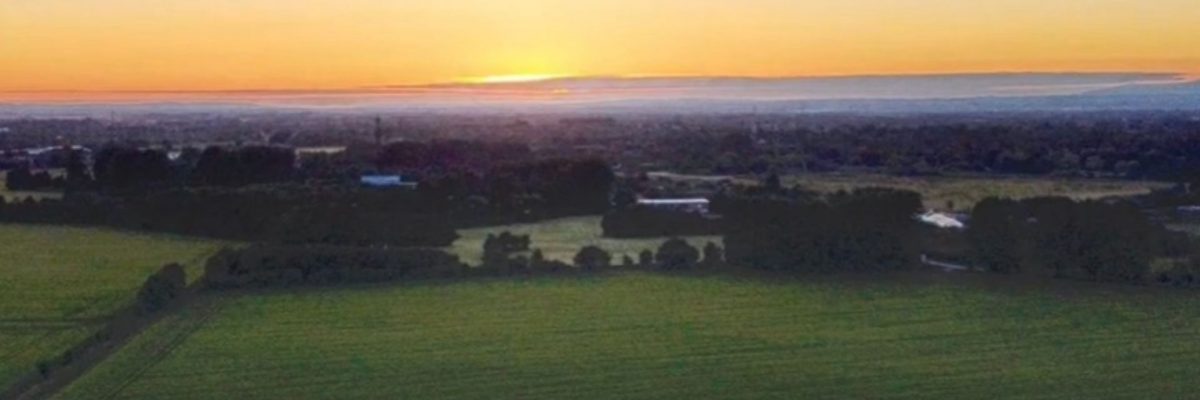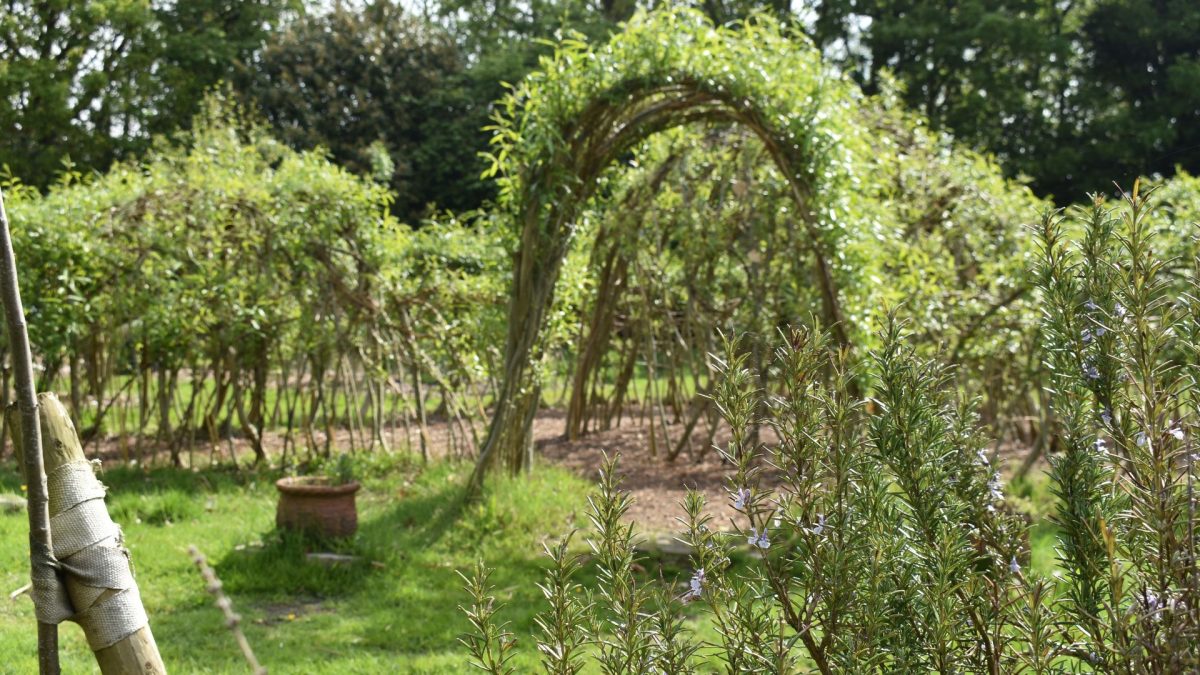
Students share environmental benefits of nature hotspot after record temperatures
In a week where Greater Manchester sweltered in record-breaking temperatures, students from a local primary school have been sharing their findings about a local nature hotspot and its positive impact on our environment.
Year six students from All Saints RC Primary School in Sale have been exploring more about the beautiful Carrington Moss, a remarkable area of peat land south of the River Mersey.
In a bid to think globally and act locally, the students have conducted in-depth research to find out more about the incredible ecosystem of this much-loved moss land, and how the benefits of this space can positively affect our environmental emergency.
Clipboards in hand, the students have regularly set out to explore the area, to discover more about local vegetation, the species that inhabit the area, and the human impact on the local environment.
One student said: “We have done lots of our own research over the past few years. We have carried out traffic surveys, soil investigations, listened to horticultural experts, and a local historian. We have also carried out air pollution research and collected data on this.”
Speaking about the wide variety of wildlife on the Moss, one student said: “Carrington Moss is home to so many different types of species, including the barn owl, the skylark, the yellowhammer, and the tree sparrow. These are farmland species with high ecological value. There are so many endangered species, including the water vole, a number of bat species, and more.”
Another added: “There are over 20 red-listed birds that breed and feed on Carrington Moss. If you walk for just a few minutes on the Moss, you can hear the birds singing so loudly. We can often hear a skylark on our school visits to the Moss.”
In addition to the wealth of wildlife inhabiting the area, the pupils found that the peat land itself holds huge ecological value that can help mitigate the effects of our escalating environmental emergency.
One of the students explained: “Carrington Moss is a wetland moss with three metres of deep peat. The great thing about peat is that it helps to capture the carbon in the atmosphere.
“Scientists think that the Earth’s temperature is rising. We need more of these plants and trees. We need peat to keep our air clean.”


